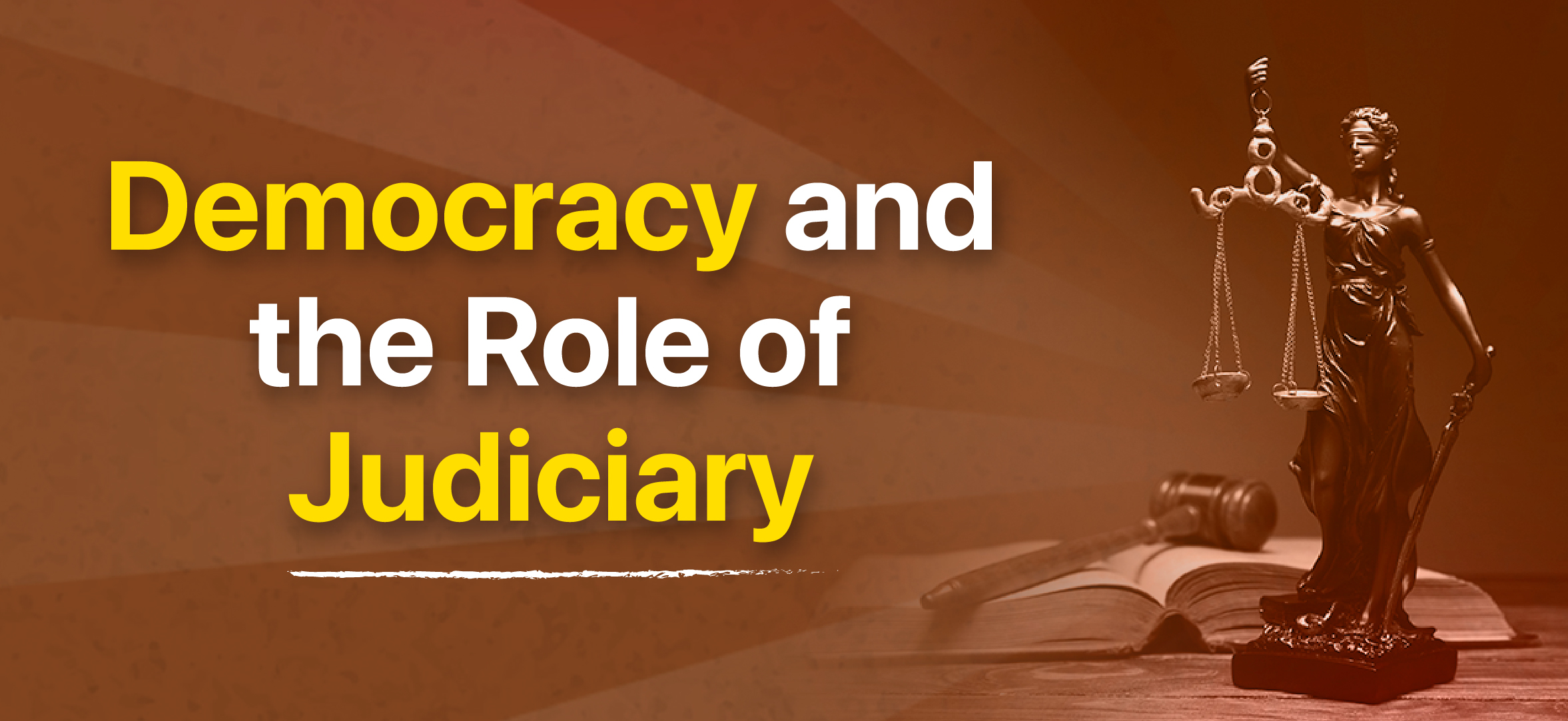India’s Constitution rests on a finely balanced tripod: the Legislature, Executive, and Judiciary. But recent developments suggest this balance is teetering dangerously — and the Supreme Court may be overreaching into the constitutional domains of the other two.
In the recent State of Tamil Nadu vs. Governor of Tamil Nadu case, the Supreme Court held that the President must decide within three months on bills reserved by a Governor under Article 201. It also laid down a timeline for Governors to act under Article 200. More strikingly, the Court ruled that if no action is taken by the President or the Governor within the prescribed time, such bills shall be deemed to have received assent.
This, effectively, bypasses the constitutional process and sets a precedent where judicial timelines override constitutional procedure. Tamil Nadu, emboldened by the ruling, promptly gazetted ten stalled bills — without the Governor’s or President’s assent — a first in Indian legislative history.
The implication? The Supreme Court has rewritten the procedure for legislative assent, previously governed strictly by constitutional articles, and now reinterpreted in a manner that sidelines both the Governor and the President.
Let’s be clear: this is not about partisanship or regional politics. This is about the separation of powers. Article 50 explicitly mandates that the state shall take steps to separate the judiciary from the executive. Implicit in that mandate is a clear boundary that each pillar must respect.
The Legislature, empowered by Article 245 and 246, is the sole authority to make laws. The Executive, under Articles 73 and 162, must implement those laws. The Judiciary, as per Articles 32 and 226, is there to interpret laws, ensure constitutional compliance, and act as a watchdog — not as a parallel law-making or executive authority.

What’s next? Will the Court review even Presidential ordinances under Article 123 or suggest edits to laws passed by Parliament?
This isn’t hypothetical. The Farm Laws episode during Modi’s second term showed similar signs. Despite being passed by Parliament, the Supreme Court put them on hold — not on grounds of unconstitutionality, but under pressure from agitating farmers, mostly from Punjab, Haryana, and parts of Uttar Pradesh. When a few states can paralyze national infrastructure and the judiciary effectively halts legislation, it questions the very authority of elected representatives.
Contrast that with how Parliament once responded. In the Shah Bano case (1985), when the Supreme Court’s verdict provoked backlash, the Rajiv Gandhi government passed legislation to nullify the decision using its legislative authority under the Constitution. That was a political call, rightly or wrongly, but within the constitutional framework.
Similarly, Indira Gandhi — despite her many faults, including the Emergency — confronted the judiciary when it overstepped. Today, however, we witness a Parliament that appears passive and an Executive that seems reluctant to draw lines.
Now, Tamil Nadu’s newly notified laws empower the state government to appoint Vice-Chancellors in 18 universities, a role traditionally held by the Governor. This isn’t a trivial change. It shifts constitutional roles, and the fact that such laws took effect without Presidential or Gubernatorial assent sets a dangerous precedent.
The Supreme Court, in seeking to ensure efficiency and curb delay, may have crossed the boundary from interpretation to legislation. And that’s not just a procedural concern — it’s a structural one.
Worse still, the judiciary hasn’t shown equal urgency on its own turf. Case pendency is crippling. Judicial accountability mechanisms are absent. Even when serious issues — like the suspicious fire in Delhi High Court Judge Yashwant Verma’s residence where huge amounts of cash were allegedly destroyed — arise, the judiciary prefers internal committees over law enforcement.
That’s not transparency. That’s insulation.
What is needed now is introspection and constitutional realignment. The Legislature must reassert itself. The Executive must stop outsourcing governance to the judiciary. And the Judiciary must recognize that activism beyond its mandate endangers democracy.
India’s Constitution is a living document, not a judicial monopoly. If one pillar begins to loom too large, democracy itself begins to shrink.






